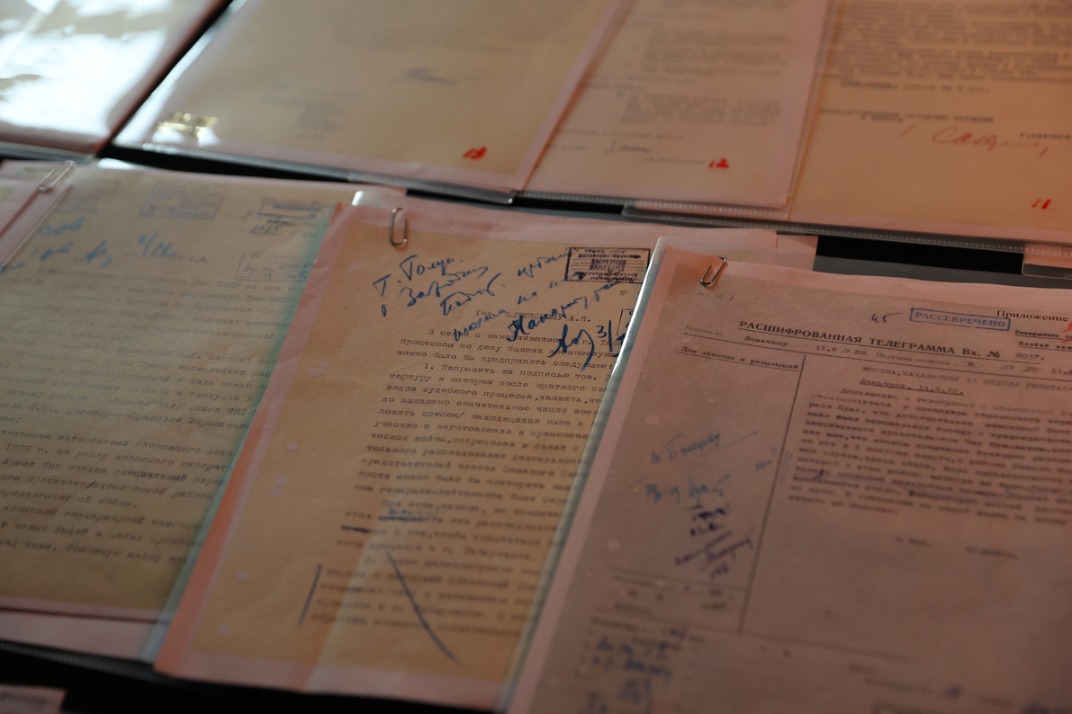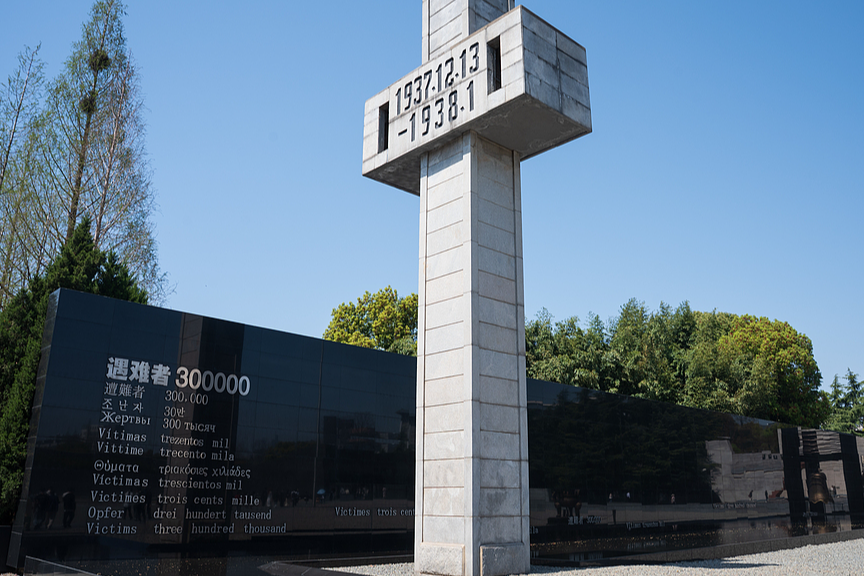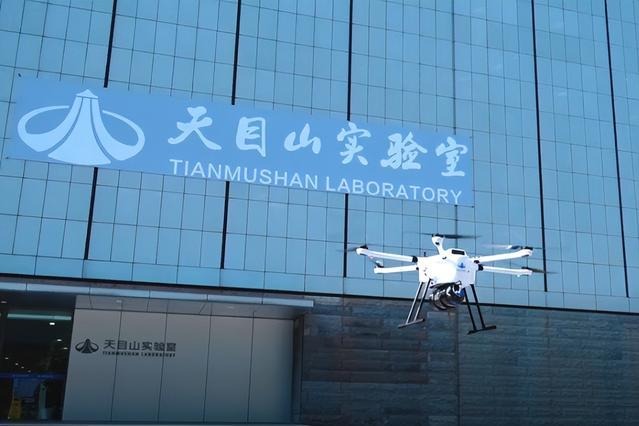To his art's content
It's been a long journey for an architect from Henan to fulfill his childhood dream of making it as an artist, Zhu Linyong reports.

"Art is my religion," declares Wu Ningya, an architect and artist from Zhengzhou, capital of Central China's Henan province, on Dec 18 at the opening of Melting Objects.
Running through Jan 8 at Xi Space in the Debi Cultural and Creative Industry Park in Beijing's Dongcheng district, the show is the second installment of his debut solo exhibition, Menina.
Melting Objects builds on the success of the event held at the Today Art Museum in April, a large-scale multidisciplinary show centered around Diego Velazquez's painting Las Meninas.
"It was my childhood dream to become an artist. The desire to create timeless art has always been hidden in the depths of my heart," says Wu, 56. "Now that I have obtained financial freedom, I would like to pursue inner freedom through art."
But when Wu abruptly declared his decision to "embrace art wholeheartedly" at his 50th birthday party on April 6, 2013, his colleagues, friends and family were a little shocked-prompting some to think it was simply a moment of madness.
The veteran architect told them that he would quit all his business undertakings and devote the rest of his life to artistic creation.
"It was not a hasty decision. I thought about it over and again." Wu says, adding that he "had been preparing for that day for years".
Wu was born in a family of intellectuals in Luoyang, Henan province, on April 6, 1963, three years before the beginning of the "cultural revolution" (1966-76), a chaotic period when his family suffered as the offspring of wealthy landlords.
To survive the suffocating social circumstances, the Wu family had covertly sought consolation from literature and art.
Wu's parents and grandparents, all avid readers of the classics and enthusiasts of the traditional arts, taught him about poetry, myths and legends, as well as calligraphy and ink painting.
"Their passion for refined and artistic living, even in hard times, exerted an indelible impact on me," recalls Wu, who collects artifacts from ancient Greece, prehistoric fossils and Gandhara Buddhist artworks, and owns a private library boasting over 30,000 rare books.
Yet in his younger years, Wu could not find enough books to satisfy his insatiable thirst for knowledge.
He was so curious and eager to understand the world around that he "almost grabbed anything with printed characters to read". He developed an exceptional capacity for memorizing all the texts in the Xinhua Zidian, a popular dictionary for generations of Chinese primary school students.
Although Wu was widely considered as an outstanding student, he failed to enroll at university for reasons he has never really figured out. He instead ended up studying stage design for Peking Opera troupes at a local training school. Upon graduation, he landed a job at the Henan Provincial Peking Opera Theater.
But Wu refused to give up on his childhood dream. He soon quit his job at the state-run art institution and joined an advertising company as a designer. While working there, Wu recalls, he was keen to learn a broad range of painting methods and techniques with a view to developing his future artistic creations.
Later on, Wu worked in the lucrative real estate sector as an architect. From 1989 to 2013, he set up many businesses-from advertising, architecture, interior design and fashion design, to running a private club, an art gallery and other hospitality and catering operations.
Wu frequently travels from Henan to other parts of the country and abroad.
Despite his hectic work schedule, Wu devoted most of his spare time and energy visiting art exhibitions and biennials and attending art auctions, making case studies of prominent artists, and exposing himself extensively to diverse art genres, styles and trends, he says.
When the globe-trotter first saw Las Meninas, the 1656 masterpiece by Diego Velazquez, a leading exponent of the Spanish Golden Age (1521-1643), at Prado Museum in Madrid in 2008, he was enthralled.
In the following years, Wu paid more visits to the museum, reading up on Spanish art from that era.
He found that Las Meninas was one of the most widely analyzed and imitated works in Western painting. Its complex and enigmatic composition raises questions about reality and illusion, and creates an uneasy relationship between the viewer and the figures depicted.
"Quite a few big shots, including Picasso and Dali, had created artworks of various types, imitating or reinterpreting Velazquez's Las Meninas," says Wu, who felt an itch to create something of his own.
But it would not be until late 2015 before he started the work, after delving through piles of books, magazines, and catalogs on history, the arts, culture, sociology, anthropology, philosophy and science, in the "hope of laying a solid theoretical foundation for artistic creation".
Wu holds that unlike a craftsman, a serious artist must have a superb command of human knowledge, especially philosophy, and develop a clear, systematic world view besides mastering the techniques, methods and skills for original and ingenious works.
Taking Leonardo da Vinci (1452-1519) as a role model, Wu has nourished an ambition for self-attainment: ultimately becoming an all-round or crossover artist, a thinker, scholar and writer, "publishing at least one book a year".
The bulk of work for the Menina exhibition took Wu four years to materialize. And the art project also came at a huge personal cost, Wu admits. He sold some houses to buy materials for his installations.
But Wu kept Menina under wraps until late 2018, when he met Gao Peng, the director and curator of the Today Art Museum in Beijing.
Calling him "the artist who impressed me the most in 2018-knowledgeable, passionate and full of energy", at an academic seminar on Wu's Menina on April 26, Gao invited Wu to hold his first solo show in the Chinese capital.
Wu turned down the request at first, thinking his creations were still immature. But Gao insisted it was the right time for Wu to "stand out as a vanguard artist", prompting Wu to finally agree.
At the opening of Menina, the first installment of Wu's Beijing solo exhibition on April 20 at the Today Art Museum, Wu recalls being "extremely nervous and excited".
"I was unsure how the average viewer or the wider art community would respond to my maiden exhibition," Wu tells China Daily in Beijing.
Occupying the spacious, two-story Exhibition Hall No 3 of the museum, the large-scale exhibition highlighted the artist's in-depth and multidimensional investigation and interpretation of Diego Velazquez's Las Meninas, with a myriad of gigantic oil paintings, sketches, sculptures, installations and new media pieces.
Staged from April to July at the Today Art Museum, Menina turned out to be an artistic and social phenomenon, attracting immense academic interest and public attention.
Around 30,000 visitors paid 20 yuan per ticket to savor the artistic creations by a greenhorn "from out of nowhere".
More than 200 newspapers, magazines, websites and social media influencers published photo stories, reviews about the exhibition and profiles of the little-known artist.
"A newcomer to the contemporary Chinese art scene, Wu has shown an amazing ability to construct a set of artistic languages with a distinctive personal trait," commented Wang Meng, a researcher with the National Art Museum of China, at the seminar on Menina.
"With this heavyweight solo exhibition, Wu has managed to put a piece of classic Western art into the dynamic context of contemporary China, evoking memories about history and raising questions about the direction of China's vanguard art movement," according to Phoenix Art, an art media company in Beijing.
More importantly, "Wu's site-specific art project has successfully torn down the boundaries, making it possible for viewers to look at an iconic artwork from multiple perspectives, and to interact with artworks in an immersive way. This is an unprecedented phenomenon," said Yang Wei, a Changsha-based critic at the seminar on Menina.
The well-received exhibition gave a huge boost to Wu's self-confidence as an artist who, in his own words, "then rushed back to my home city of Zhengzhou to prepare for the second installment of the Beijing solo exhibition."
Wu was eager to place another bulk of his artistic work, created in secrecy at a 6,000 square meter studio in suburban Zhengzhou between 2014 and 2019, under academic and public scrutiny, "like a primary schoolboy waiting impatiently for the teacher's words about his newly completed homework".
While the Today Art Museum exhibition focused on Wu's endeavors to participate in cross-cultural dialogue, the second installment offers audiences the chance to examine the artist's exploration of Chinese cultural heritage and ancient philosophy, explains Zhang Quan, art connoisseur and curator of the Melting Objects show.
Arguably the most eye-catching and thought-provoking works are Wu's Oracle Bones series, the Taihu Rock series and the traditional Chinese medicine series, which Wu has been working on continuously since 2014.
To casual viewers, the Oracle Bones series look like the fossil bones of some unknown prehistoric creatures.
"They are a duplicated version of the oracle bones, first found in Anyang, Henan, in 1899-enlarged in size, inscribed with Chinese characters, and patched with fragmented pages from ancient books-imitations of course," Wu says.
The Taihu Rock series is much like the decorative rocks, produced in the area surrounding Taihu Lake in East China's Jiangsu province, long favored by ancient scholars who usually placed them in their studios alongside hanging scrolls and potted plants. Actually, Wu meticulously carved them out of camphor wood and coated them with gradations of colors.
The most challenging works are for the TCM series, ones which Wu has been constantly developing and improving since 2015.
The basic idea behind the TCM series is to represent cultural motifs and totems through iconic images from civilizations from around the world, by filling pre-coated stainless steel frames with over 300 traditional Chinese medicines-from minerals and herbs to the remains of animals. And then, the newly-coined images are solidified with synthetic crystals.
The second installment of Wu's first debut show has also received positive responses.
"Each artwork approaches human civilizations from differing dimensions: evolution and mutation; culture and nature; the past, present and the future; the living, the dead and the eternal. Together, they construct a grand, historical narrative about the human condition," says Peng Feng, an art researcher with Peking University.
"Wu's art touches upon the Chinese heritage of oracle bones, the Taoist philosophy of the oneness of man and nature, and new possibilities of cross-cultural dialogue," comments Zhang Jianxing, a viewer who is also the managing publisher of a local newspaper. "His attempt to deconstruct traditional culture and transform it into new culture, successful or not, is commendable in that it opens up our hearts and minds to an alternative future."
So what's next for the artist? Like a high school student who has just passed the gaokao, China's national college entrance exam, Wu says, he is looking to widen his audience on the international art scene.

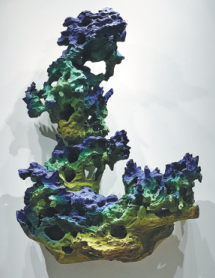
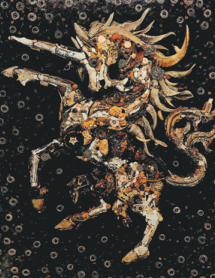
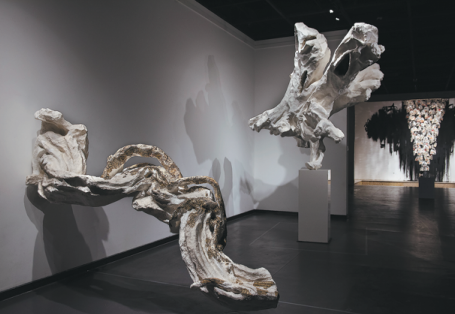
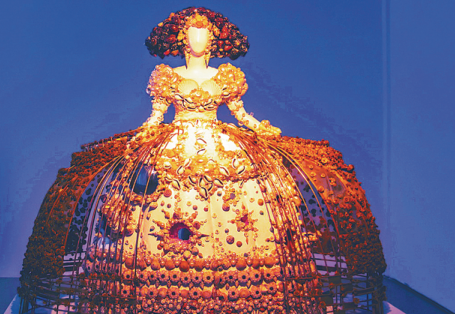
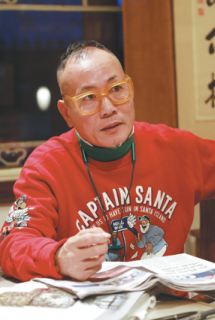
Today's Top News
- China remembers victims of Nanjing Massacre, 88 years on
- New plan will be a road map for a stronger future
- Taiwan's character of the year a vote against confrontation
- Strengthened resilience key for economy
- Video sheds new light on Japan's wartime atrocities
- Xi: World yearns for peace, trust more than ever
















